
OR
19 projects that can boost economy
Published On: December 31, 2018 12:10 PM NPT By: Republica | @RepublicaNepal

Unnecessary delay, cost overruns, and slow progress have been the characteristic features of Nepal’s development projects for many years. However, of late, there are some mega projects in the country that are either on track or showing some signs of progress. Republica lists 19 such projects that offer hope to the people. The list includes those projects that have given signals through their recent performance that they will be completed sooner or later.
1. Fast Track
 Works on the Kathmandu Tarai Expressway gained pace in 2018, raising hopes that the national pride project, connecting the southern plains to the capital with an hour’s drive, will be completed soon. Once the road becomes functional, daily fuel saving will be worth Rs 5 billion. Using the road, two wheelers will save an estimated 730 kiloliters of fuel each year, whereas cars and heavy vehicles will save 12,775 and 45,168 kiloliters respectively. The road will save 275 kilometers of travel while going to the plains from Kathmandu as one can avoid the winding Mugling-Narayangadh highway, the major route at the moment. It means more lives will be saved, as, according to statistics, most road fatalities occur along the Narayangadh-Kathmandu route. Nepal Army is building this expressway.
Works on the Kathmandu Tarai Expressway gained pace in 2018, raising hopes that the national pride project, connecting the southern plains to the capital with an hour’s drive, will be completed soon. Once the road becomes functional, daily fuel saving will be worth Rs 5 billion. Using the road, two wheelers will save an estimated 730 kiloliters of fuel each year, whereas cars and heavy vehicles will save 12,775 and 45,168 kiloliters respectively. The road will save 275 kilometers of travel while going to the plains from Kathmandu as one can avoid the winding Mugling-Narayangadh highway, the major route at the moment. It means more lives will be saved, as, according to statistics, most road fatalities occur along the Narayangadh-Kathmandu route. Nepal Army is building this expressway.
2. Mid-Hill Highway
The strategic road project that passes through the middle of the country lengthwise was started after 2006. The 1776-kilometer-long road runs from Chiyabhangjyang of Taplenjung district in the east to Jhulaghat of Baitadi district in the west. The opening of the track has already been completed, and blacktopping has also been started in some sections. Existing tracks are being expanded and retaining walls being built. The project, financed solely by the Government of Nepal, is expected to boost economic activities in the rural hill districts of the country. Unlike many other development projects, spending in this project in recent years is overwhelmingly encouraging. The government has also aimed to develop at least ten planned cities along this highway.
3. Upper Tamakoshi
The Upper Tamakoshi Hydropower Project, which is set to be completed by the middle of next year, is a textbook example of mobilization of domestic resources in Nepal. The 456 MW project with daily peaking capacity of six hours is expected to bring energy surplus in the country, at least in the rainy season, for the first time after the Kaligandaki Hydropower project of 144 MW started generation in early 2002. This project is one of few development projects of the country that has seen considerable work progress. The project will produce 2,281 GWh of electricity annually.
4. Arun III
 Originally planned to be developed in the early 1990s, the project was stalled due to many reasons. Later, SJVNL, an Indian government company, won the contract through competitive bidding to build the 900 MW project in Sankhuwasabha district in eastern Nepal. The project works are going ahead smoothly, unlike in the frustratingly delayed Upper Karnali hydroelectricity project, awarded to another Indian company. After the Arun III project starts generating, SJVN will provide 21.9 percent free energy worth Rs 155 billion to Nepal. The royalty the government will receive from the project will be worth Rs 107 billion in the 25 years of the concession period. The project will directly employ about 3,000 individuals, and distribute shares worth Rs 1.6 billion to the locals. According to the Investment Board of Nepal, the total lifetime financial benefit to the government is estimated Rs 338.66 billion.
Originally planned to be developed in the early 1990s, the project was stalled due to many reasons. Later, SJVNL, an Indian government company, won the contract through competitive bidding to build the 900 MW project in Sankhuwasabha district in eastern Nepal. The project works are going ahead smoothly, unlike in the frustratingly delayed Upper Karnali hydroelectricity project, awarded to another Indian company. After the Arun III project starts generating, SJVN will provide 21.9 percent free energy worth Rs 155 billion to Nepal. The royalty the government will receive from the project will be worth Rs 107 billion in the 25 years of the concession period. The project will directly employ about 3,000 individuals, and distribute shares worth Rs 1.6 billion to the locals. According to the Investment Board of Nepal, the total lifetime financial benefit to the government is estimated Rs 338.66 billion.
5. Galchhi Syaphrubeshi-Rasuwagadhi road
The work to open a shorter route to Rasuwagadhi customs point along the Chinese border via Syaphrubeshi began after India imposed blockade on Nepal in 2015. Nepal opted for supply of goods and fuel from China when supplies from India, with which Nepal traded more than two thirds of its total imports, were disrupted. Nepal expects to use the Chinese route for transit services as the country also signed a trade and transit agreement with China in 2015. Nepal Army has already opened the track and the Detailed Project Report (DPR) has been prepared. The two-lane route of 82 kilometers will reduce both the cost and time of travel. Price of Chinese goods is expected to go down as transportation costs will be reduced along the route. The trade point of Rasuwagadhi has already been given a status of international transit point.
6. Budhigandaki Hydropower Project
 The Budhigandaki project began after its Detailed Project Report (DPR) was finalized in 2015. The process of acquiring land and relocating 3,560 households from the project site to build a 263-meter-high dam and form a reservoir lake 15 times larger than the Fewa Lake has already started. The project, which will have an installed capacity of 1200 MW and will generate 2.5 billion units of electricity annually, can be operated 24-hour throughout the year when there is demand in the supply system. Re-awarding of the project to Chinese company Gezhouba Group Corporation (CGGC) in EPCF model in 2018 has rekindled hope that it will see completion.
The Budhigandaki project began after its Detailed Project Report (DPR) was finalized in 2015. The process of acquiring land and relocating 3,560 households from the project site to build a 263-meter-high dam and form a reservoir lake 15 times larger than the Fewa Lake has already started. The project, which will have an installed capacity of 1200 MW and will generate 2.5 billion units of electricity annually, can be operated 24-hour throughout the year when there is demand in the supply system. Re-awarding of the project to Chinese company Gezhouba Group Corporation (CGGC) in EPCF model in 2018 has rekindled hope that it will see completion.
7. Melamchi Water Supply Project
The Melamchi Water Supply Project, which was conceived in early 1990s to quench the Kathmandu Valley’s thirst, still remains incomplete. However, the project to divert 170 million liters of water from Melamchi River to the Kathmandu Valley every day through a 27-kilometer tunnel is expected to be completed by mid-April 2019. But the decision of the contractor – Italian firm CMC – to walk away from the project citing financial trouble to its parent company back home – could affect the project’s deadline. Speaking at a parliamentary committee meeting some days ago, Minister for Water Supply Bina Magar said that she is not sure whether the contractor will return to work after celebrating Christmas and New Year. If the contractor chose not to return, the government might have to terminate the contract and award remaining works of the project to a new contractor. But as the main task of digging tunnel has already been completed, Melamchi water is sure to reach Kathmandu Valley where the distribution network has already been laid.
8. Gautam Buddha International Airport
One of the national pride projects of Nepal Government, Gautam Buddha International Airport (GBIA) has been expected to become a game changer for economic prosperity of the country. The work to upgrade the domestic airport located near Gautam Buddha’s birthplace Lumbini had started in 2015 and been declared to be completed by August, 2019. After Tribhuvan International Airport (TIA) it will be the second international airport for the country that has been expected to contribute on tourist industry of the country. The airport has targeted especially to the Buddhist tourists. After the upgrading airport gets completed Buddhist tourist around the world will be connecting directly to Lumbini. Besides, private sectors have already poured in huge part of investments nearby the airport. So, this airport can play a huge role in the country’s economic prosperity.
9. Pokhara Regional International Airport
 The government is building a regional international airport in Pokhara taking into consideration the rising tourist footfalls in the lake city. Pokhara is regarded as the second largest tourist destination in the country after Kathmandu Valley. According to conservative estimate, around 70 percent of tourists visiting Nepal prefer to travel to Pokhara. Once the airport is ready, tourists can fly to Pokhara directly which will reduce their travel cost. That is why Pokhara locals are pinning high hopes on this project. The contractor has until July, 2021 to complete the project. The project is being developed with soft loans of US$ 209 million from China’s Exim Bank.
The government is building a regional international airport in Pokhara taking into consideration the rising tourist footfalls in the lake city. Pokhara is regarded as the second largest tourist destination in the country after Kathmandu Valley. According to conservative estimate, around 70 percent of tourists visiting Nepal prefer to travel to Pokhara. Once the airport is ready, tourists can fly to Pokhara directly which will reduce their travel cost. That is why Pokhara locals are pinning high hopes on this project. The contractor has until July, 2021 to complete the project. The project is being developed with soft loans of US$ 209 million from China’s Exim Bank.
10. Nijgadh International Airport
The government has conceived Nijgadh International Airport (NIA) as an alternative to Tribhuvan International Airport which is already reaching saturation point. Plans are underway to develop the project as an international hub airport for 22 neighboring countries. Similarly, the government is building a 76-kilometer expressway to connect the airport to Kathmandu – the capital city. Overcoming all environmental and political obstacles, Ministry of Culture, Tourism and Civil Aviation has laid grounds to begin works on the project. According to the ministry, the airport will be developed by putting minimum possible harm on the environment and that it will be a ‘green airport’.
11. TIA Upgradation Project
 Civil Aviation Authority of Nepal (CAAN) started Tribhuvan International Airport (TIA) Upgradation Project in November last year, realizing the pressing need to increase capacity of the only international airport in the country. Works have been divided into three packages – NCB 01 Runway Extension, NCB 02 International Terminal Building Expansion and NCB 03 Utility works. Of them, NCB 02 and NCB 03 packages are nearing completion. Thanks to the ongoing upgradation work, one can now witness some changes in the international airport. Waiting lounge has been expanded while washrooms look cleaner. Airport operation has been extended to 21 hours a day in a bid to provide more flight slots to interested airlines.
Civil Aviation Authority of Nepal (CAAN) started Tribhuvan International Airport (TIA) Upgradation Project in November last year, realizing the pressing need to increase capacity of the only international airport in the country. Works have been divided into three packages – NCB 01 Runway Extension, NCB 02 International Terminal Building Expansion and NCB 03 Utility works. Of them, NCB 02 and NCB 03 packages are nearing completion. Thanks to the ongoing upgradation work, one can now witness some changes in the international airport. Waiting lounge has been expanded while washrooms look cleaner. Airport operation has been extended to 21 hours a day in a bid to provide more flight slots to interested airlines.
12. 100 Tourist Destinations
Ministry of Culture, Tourism and Civil Aviation recently unveiled a list of 100 tourist destinations across the country, targeting Visit Nepal Year (VNY) 2020 campaign. The government announced the yearlong campaign, aiming to bring over 2 million tourists to the country by 2020. To offer something new to tourists visiting the country, the government has identified 100 new destinations scattered over 77 districts of the country. Ministry officials are hopeful that these new destinations will extend tourists length of stay as well as spending to some extent. These destinations have also been given some budget for infrastructure development. The ministry has earmarked Rs 500 million for the purpose.
13. Chemical Fertilizers Plant
Despite being an agricultural country, Nepal has been importing key agricultural inputs including chemical fertilizers. The government imports around 230,000 tons of chemical fertilizers worth Rs 11.61 billion every year. Also, the government has been using huge amount of money to distributed subsidized fertilizers to farmers. The government has finally decided to open a chemical fertilizers plant in the country. The meeting of National Development Action Committee chaired by the then Prime Minister Pushpa Kamal Dahal on May 4, 2017 had directed the Ministry of Agriculture and Livestock Development along with Investment Board Nepal to finalize development modality of establishing the plant in Nepal. The plant is expected to cost US$ 665 million. However, the process to build the plant has not moved ahead as expected.
14. Hulaki Rajmarga
 Hulaki Rajmarga, commonly known as Postal Highway, is a 1,792-kilometer road project important not only for east-west connectivity in tarai, but also to build north-south road network. The project is estimated to cost Rs 25 billion. The Indian government is providing Rs 8 billion in grants to build this project. But the project has seen protracted delay due to non-performance of contractor, among other factors. The project is expected to be completed by Fiscal Year 2020/21. Upon completion, it will connect 20 districts between Jhapa in the east and Kanchanpur in the west. The project includes 125 bridges.
Hulaki Rajmarga, commonly known as Postal Highway, is a 1,792-kilometer road project important not only for east-west connectivity in tarai, but also to build north-south road network. The project is estimated to cost Rs 25 billion. The Indian government is providing Rs 8 billion in grants to build this project. But the project has seen protracted delay due to non-performance of contractor, among other factors. The project is expected to be completed by Fiscal Year 2020/21. Upon completion, it will connect 20 districts between Jhapa in the east and Kanchanpur in the west. The project includes 125 bridges.
15. Nepal-China Eco Industrial Park
The ‘Nepal-China Eco Industrial Park’, which will spread over 2,200 bigha of land in Damak of Jhapa is expected to breathe a new life into the country’s manufacturing sector. The industrial park will have to capacity to house 700 industries manufacturing products ranging from electrical appliances to readymade garment, automobiles, foods and agriculture products from domestic as well as multinational corporations. The industrial park is under consideration of the Chinese government for financing as part of the Belt and Road Initiative (BRI). The project is also expected to enhance the country’s export capacity by creating over 70,000 jobs. As this project is a part of BRI, the goods manufactured here can find markets across the world.
16. Bheri Babai Diversion Multipurpose Project
 Bheri Babai Diversion Multipurpose Project, a national pride project of the country, is the first of its kind inter-basin water transfer project in the country. The project is expected to irrigate 51,000 hectares of land in Banke and Bardiya districts. According to project design, a 12-km tunnel will divert water from Bheri River into Babai River for irrigation. The project will also generate 47 MW of electricity throughout the year. Apart from increasing agro production and income of rural households worth Rs 2.5 billion annually, the government will earn an estimated Rs 2 billion annually from the hydroelectricity project. The project, which is estimated to cost Rs 33 billion, is expected to be complete by mid-July 2023.
Bheri Babai Diversion Multipurpose Project, a national pride project of the country, is the first of its kind inter-basin water transfer project in the country. The project is expected to irrigate 51,000 hectares of land in Banke and Bardiya districts. According to project design, a 12-km tunnel will divert water from Bheri River into Babai River for irrigation. The project will also generate 47 MW of electricity throughout the year. Apart from increasing agro production and income of rural households worth Rs 2.5 billion annually, the government will earn an estimated Rs 2 billion annually from the hydroelectricity project. The project, which is estimated to cost Rs 33 billion, is expected to be complete by mid-July 2023.
17. Millennium Challenge Corporation Compact Program
The government is preparing to implement several road maintenance and transmission line projects under the Millennium Challenge Corporation (MCC) Compact Grant of the US government worth US$ 500 million. The MCC grant will support construction of 300-kilometer 400 KV transmission lines in Lapsiphedi-Galchhi-Damauli-Sunawal Corridor as well as three substations. It will also support maintenance of over 300 kilometers of roads in various alignments of Mechi, Koshi, Sagarmatha, Tribhuvan Rajpath and East-West highways. The US support is aimed at improving regional connectivity, spurring private investment, driving growth and reducing poverty.
18. Integrated Solid Waste Management
The Integrated Solid Waste Management (ISWM) project envisions replacing existing practice of solid waste management in the Kathmandu Valley by a resource-oriented and sustainable practice of reducing, reusing and recycling. The Investment Board of Nepal is partnering with NepWaste, a Nepal-Finland joint venture, for management of municipal solid waste in Kathmandu through a Public Private Partnership approach. The project is worth around US$ 50 million. Once the project comes into implementation, each household will have to pay Rs 219 per month as waste collection service fee, while the joint venture is required to collect waste from people’s doorsteps, clean up riverbanks, surface drainage and public places like temples.
19. North South Corridor
 (Koshi Corridor, Karnali Corridor and Karnali Corridor)
(Koshi Corridor, Karnali Corridor and Karnali Corridor)
These three road corridors are out of total 10 road projects identified for north-south connectivity. They were given ‘national pride project’ status in 2011. The rationale behind these projects is to increase connectivity with China as well as connect inner parts of the country. The track of Kaligandaki corridor, which connects Bhairahawa with Korala via Jomsom, has already been opened. Likewise, track-opening work on Koshi corridor that connects Biratnagar with Kimathanka via Khandbari is underway. It is likely to be completed in coming two years. Nepal Army is opening the track of Karnali corridor, which will link Rupaidiya with Hilsa via Simikot.
You May Like This
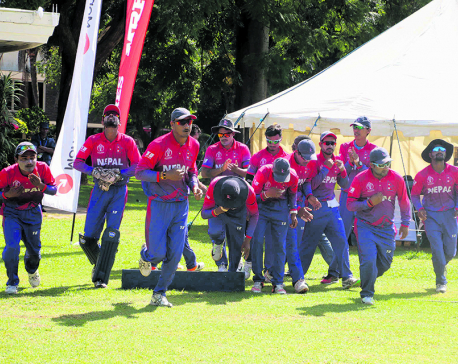
A historic year for Nepali cricket
KATHMANDU, Dec 31: It was a year to remember for Nepali cricket as the country started with a big achievement: it... Read More...

19 major incidents that shook the nation in 2018
19-major-incidents-that-shook-the-nation-in-2018 ... Read More...

19 Nepalis who stood out in 2018
Nepalis who stood out in 2018 with their achievement ... Read More...

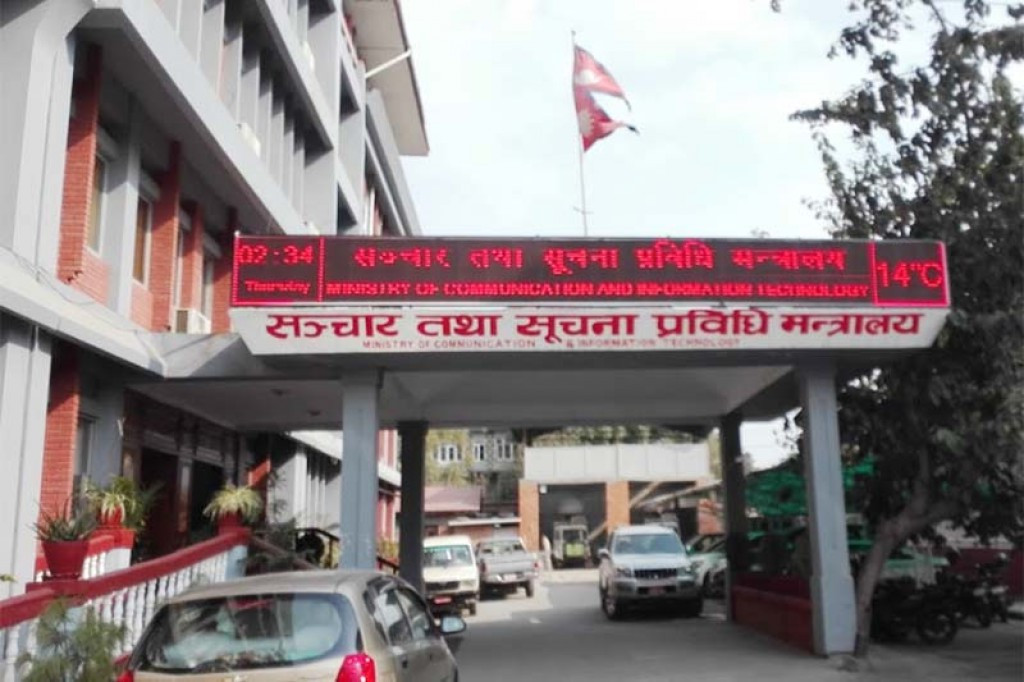
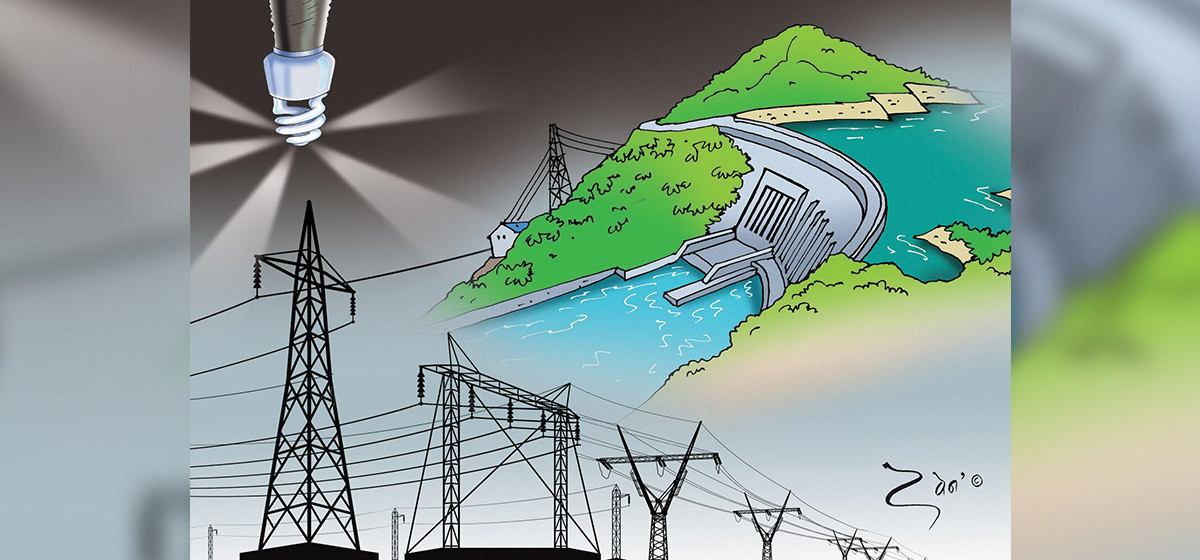

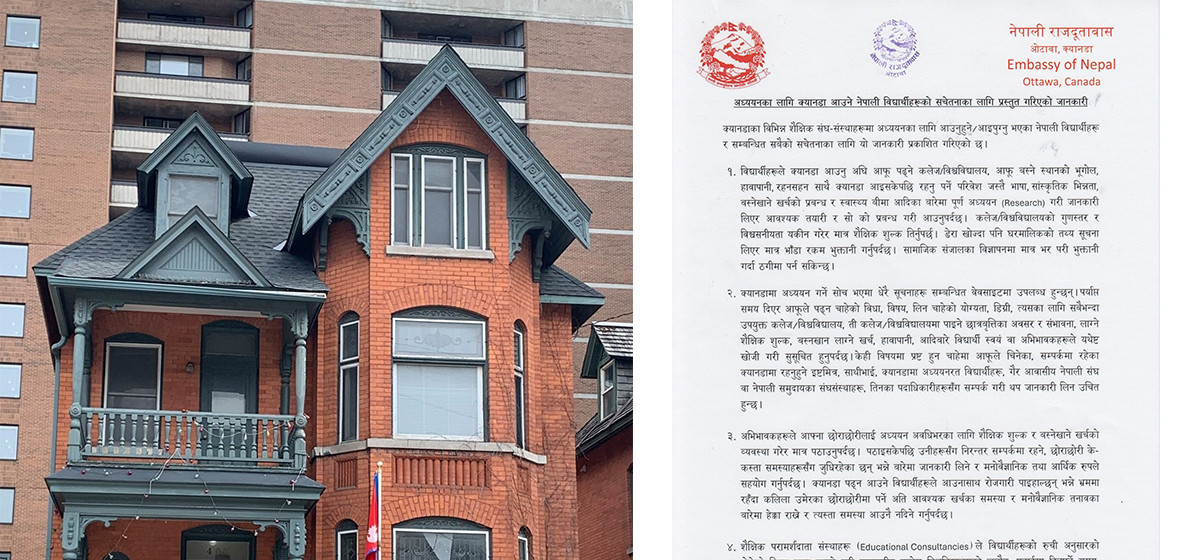
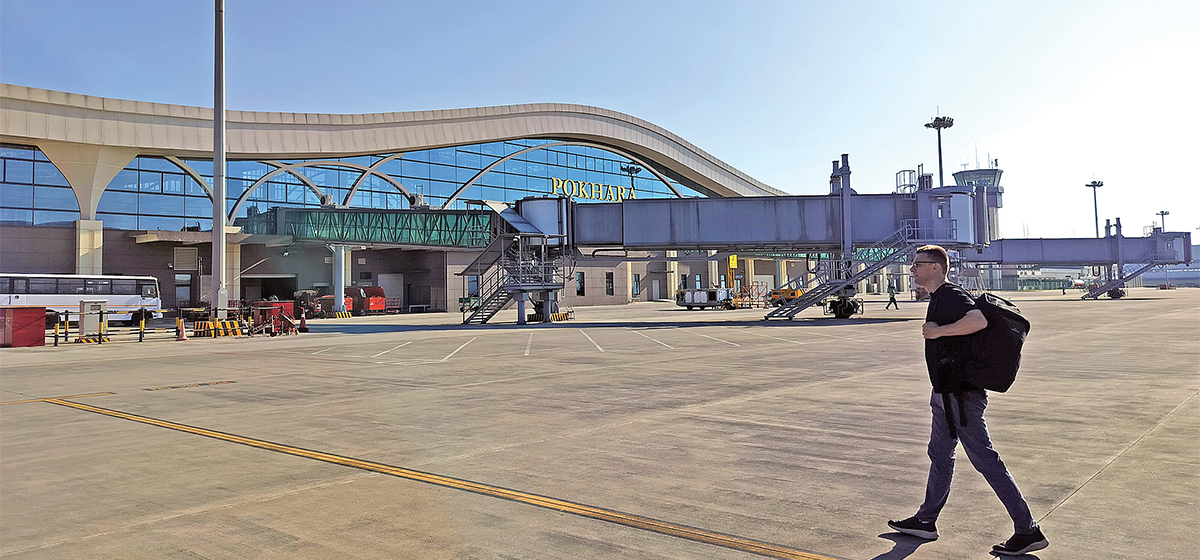

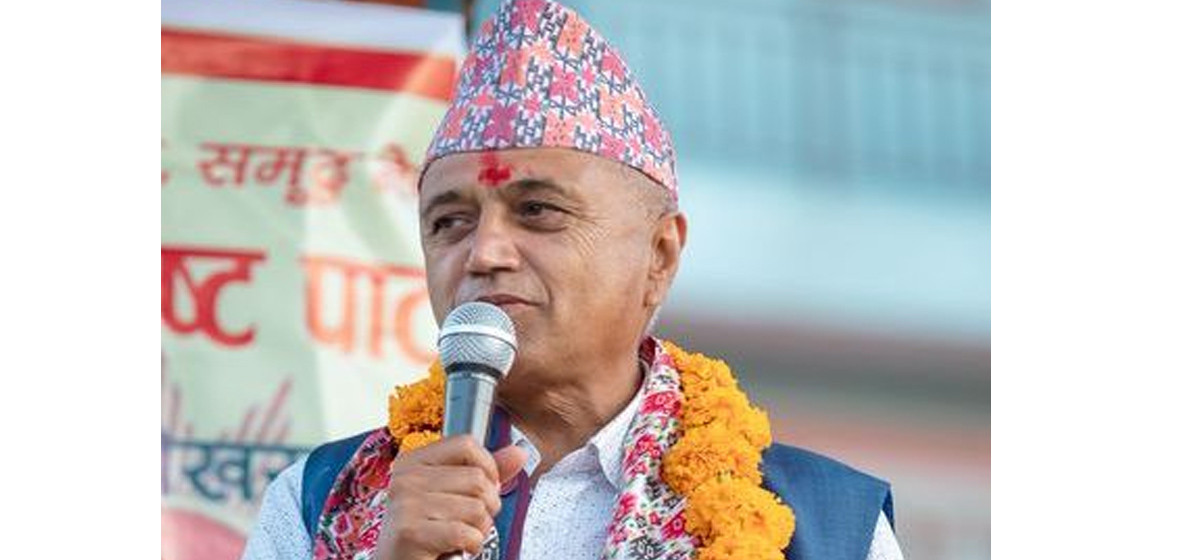
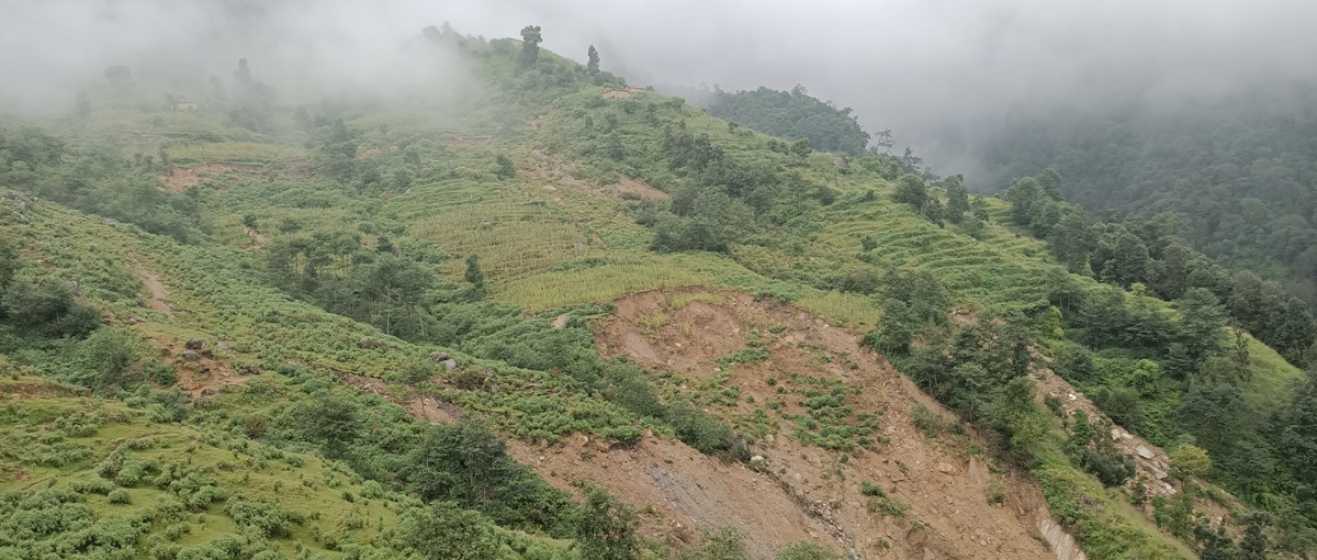

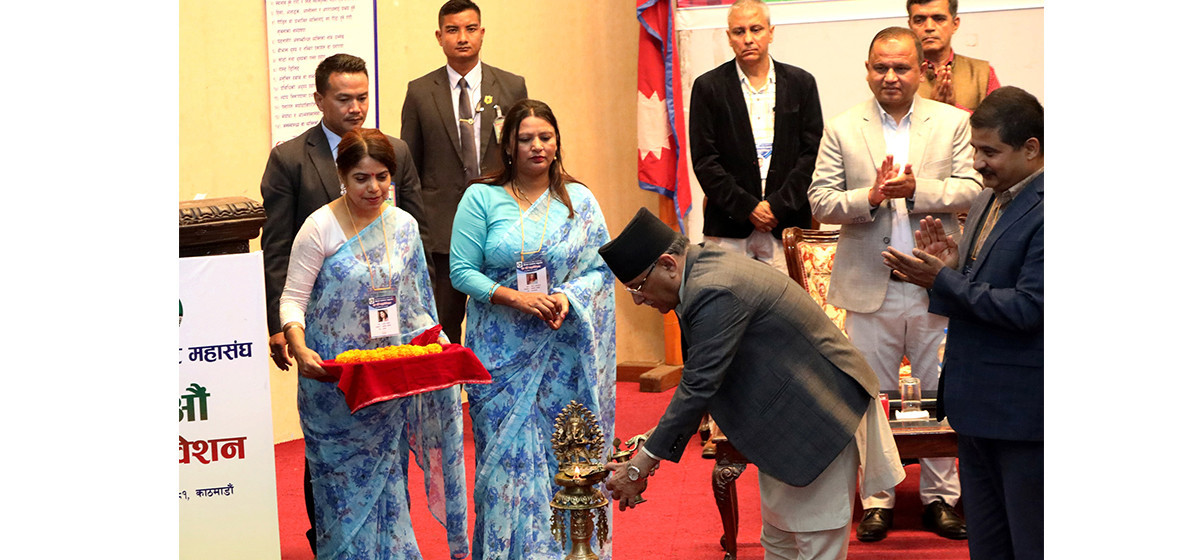
Just In
- Gandaki CM to seek vote of confidence on May 5
- Two arrested on the charge of swindling 219 people out of Rs 26.8 million on the pretext of sending them to Japan
- Kathmandu's pollution at hazardous level, tops chart of world’s most polluted cities
- Nepali Embassy in Washington sends centuries-old 24 idols back to Nepal
- 2568th Buddha Jayanti Main Celebration Committee formed
- Kanti Highway closed due to rockslide
- Gold price decreases by Rs 1,100 per tola
- Two-day central convention of FNJ commences



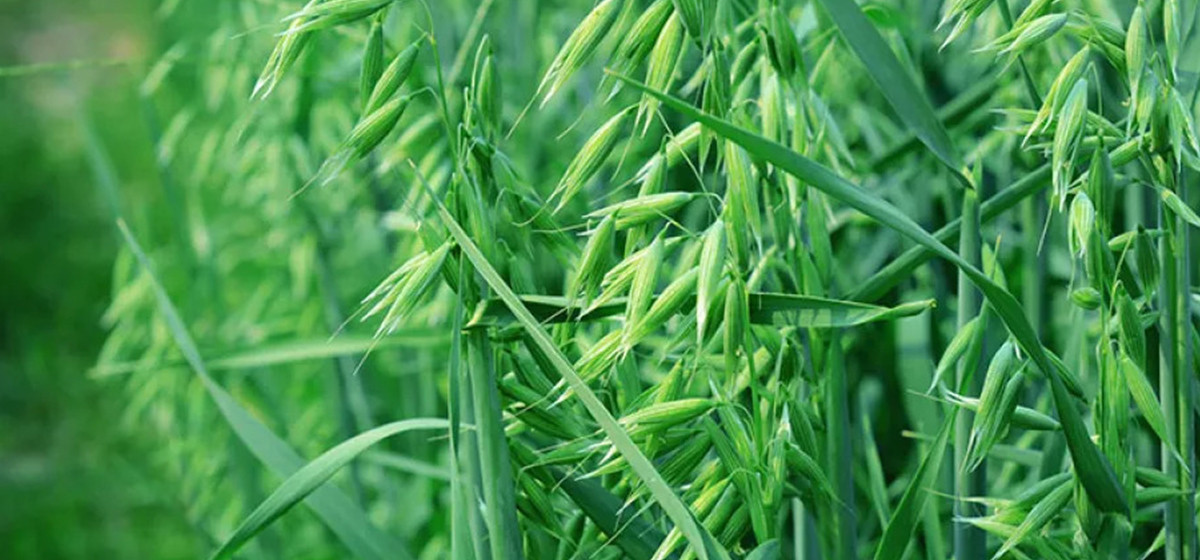

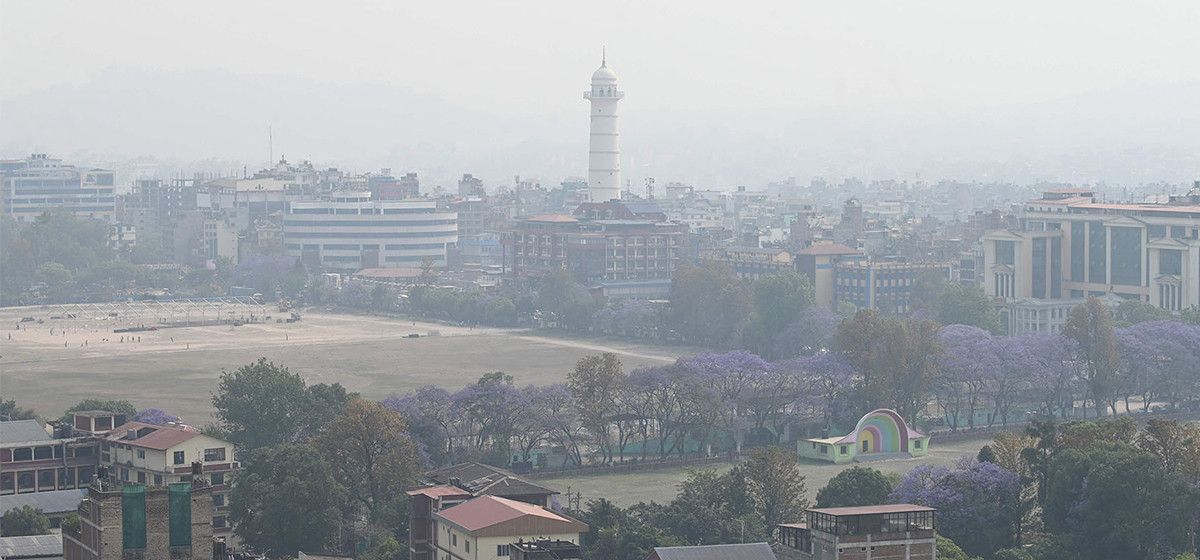

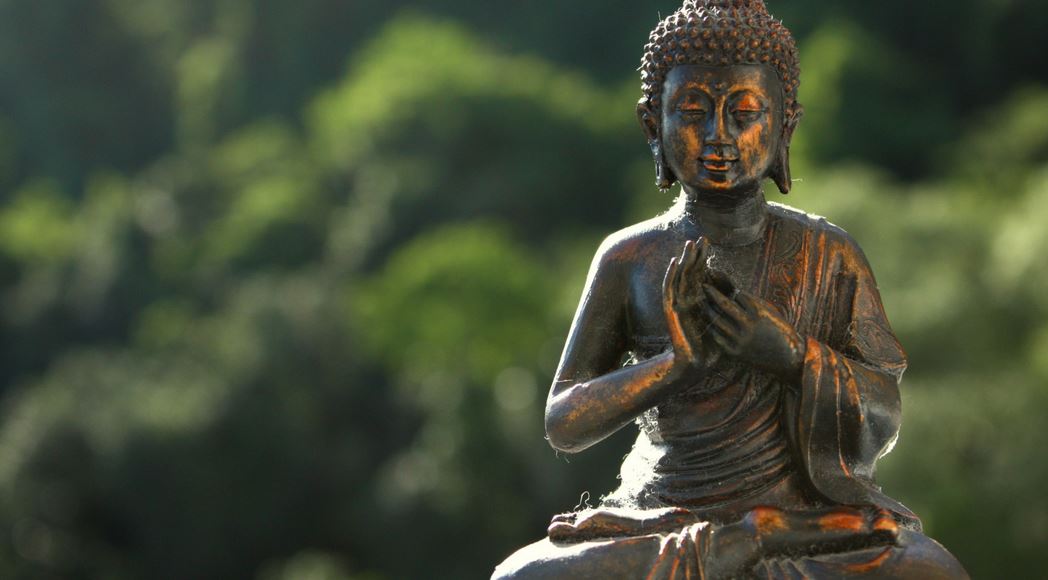
Leave A Comment